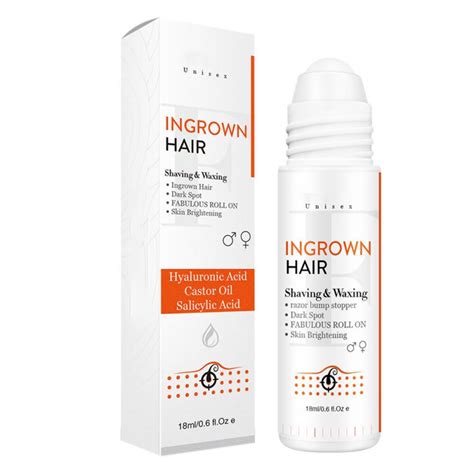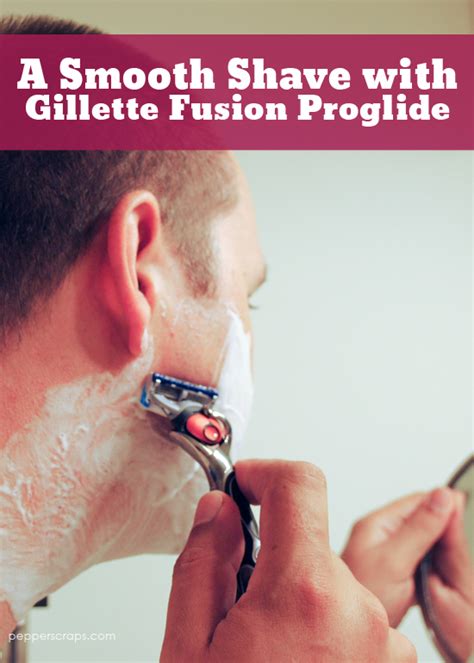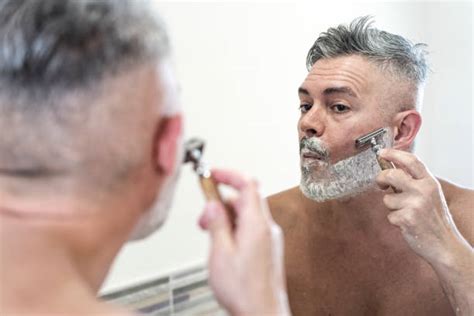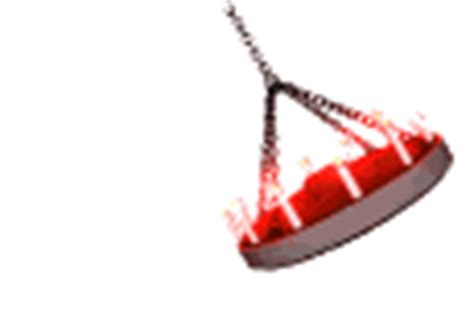Optimal shave for ingrown hair prevention & peak skin performance?

Mastering the Art of Shaving: Beyond Just Hair Removal
Shaving is more than just a daily chore; it’s an opportunity to care for your skin and prevent common irritations like ingrown hairs. For many, the quest for a close, comfortable shave often leads to redness, bumps, and discomfort. However, with the right approach and a little patience, you can transform your shaving routine into a ritual that not only prevents ingrown hairs but also promotes peak skin health and a noticeably smoother complexion.
This guide will walk you through the essential steps, from preparing your skin to the final soothing touches, ensuring every shave contributes to a healthier, happier you.

The Pre-Shave Ritual: Laying the Groundwork for a Flawless Shave
The secret to a great shave begins long before the blade touches your skin. Proper preparation is crucial for softening the hair, opening pores, and creating a smooth canvas, significantly reducing the risk of irritation and ingrown hairs.
1. Exfoliate Gently
Start by gently exfoliating your face. This removes dead skin cells and any surface debris that could trap hairs or dull your blade. Use a mild facial scrub or a chemical exfoliant (like an AHA/BHA cleanser) a few times a week, but avoid over-exfoliating, especially right before a shave, if your skin is sensitive.
2. Warm Water & Steam
A warm shower or a hot towel compress is your best friend. The steam and warm water help to soften your beard hair and open up pores, making the hair easier to cut and reducing tugging. Spend at least a minute or two letting the warmth penetrate your skin.
3. Pre-Shave Oil: Your Skin’s Best Friend
Applying a pre-shave oil creates a protective barrier between your skin and the razor blade. It helps the blade glide more smoothly, reduces friction, and provides extra lubrication, which is particularly beneficial for those prone to razor burn or ingrown hairs.

The Shaving Technique: Precision for Peak Performance
Once your skin is prepped, the actual shaving technique comes into play. This is where attention to detail makes all the difference.
1. The Right Blade Matters: Sharp & Clean
Ditch dull blades! A sharp, clean razor blade is paramount. Dull blades tug at hairs, increasing irritation and the likelihood of ingrown hairs. Consider a single-blade safety razor or a high-quality multi-blade cartridge that you replace frequently (every 5-7 shaves for cartridges, or after 2-3 shaves for safety razor blades).
2. Create a Rich Lather
Using a good quality shaving cream or soap, create a rich, thick lather. Apply it evenly over your beard area in circular motions, ensuring all hairs are lifted and coated. The lather provides lubrication, cushioning, and helps to keep the hairs upright.
3. Shave with the Grain, Then Across (Optional)
For preventing ingrown hairs, shaving with the grain (in the direction your hair grows) is crucial for the first pass. This reduces irritation and prevents the hair from being cut too short beneath the skin’s surface. If you desire a closer shave, re-lather and then shave across the grain (perpendicular to hair growth). Avoid shaving against the grain if you are highly prone to ingrowns, as this is the primary culprit.
4. Light Pressure & Short Strokes
Let the razor do the work. Apply minimal pressure and use short, controlled strokes. Rinsing your blade frequently under warm water keeps it free of hair and lather, ensuring optimal performance.

Post-Shave Perfection: Soothe, Hydrate, and Protect
The post-shave routine is just as important as the preparation. It closes pores, soothes the skin, and locks in moisture, preventing dryness and further irritation.
1. Cold Rinse: Close Those Pores
Immediately after shaving, rinse your face with cold water. This helps to close your pores, reduce inflammation, and calm the skin.
2. Alcohol-Free Aftershave Balm
Skip the harsh alcohol-based aftershaves that can dry out and irritate your skin. Opt for an alcohol-free aftershave balm or lotion containing soothing ingredients like aloe vera, witch hazel, or chamomile. Gently pat it onto your face.
3. Moisturize Regularly
Even if you use an aftershave balm, follow up with a dedicated facial moisturizer. Hydration is key to healthy skin. Choose a non-comedogenic moisturizer suitable for your skin type to keep your skin supple and prevent flakiness.

Long-Term Maintenance & Troubleshooting Ingrown Hairs
Maintaining a consistent routine is vital for long-term skin health and ingrown hair prevention. Consider these additional tips:
- Regular Exfoliation: Continue to exfoliate your face 2-3 times a week (not on shave days if sensitive) to keep pores clear and prevent hairs from getting trapped.
- Clean Tools: Always ensure your shaving tools are clean and hygienic. Sanitize your razor handle regularly.
- Address Existing Ingrowns: If an ingrown hair appears, avoid picking at it. Use a warm compress to help bring it to the surface, and if necessary, a sterilized needle or tweezers to gently free the hair without digging. Persistent or severe ingrowns may require a dermatologist’s consultation.
- Patience: Changing your shaving routine takes time. Be patient and observe how your skin reacts, adjusting products or techniques as needed.

Conclusion: Your Path to a Superior Shave
Achieving an optimal shave that prevents ingrown hairs and promotes peak skin performance is entirely within your reach. By committing to a thoughtful pre-shave preparation, mastering a gentle shaving technique, and embracing a soothing post-shave routine, you’ll not only banish razor bumps and irritation but also cultivate healthier, smoother, and more resilient skin. Elevate your daily shave from a chore to a cherished act of self-care, and enjoy the confidence that comes with a flawlessly groomed appearance.









